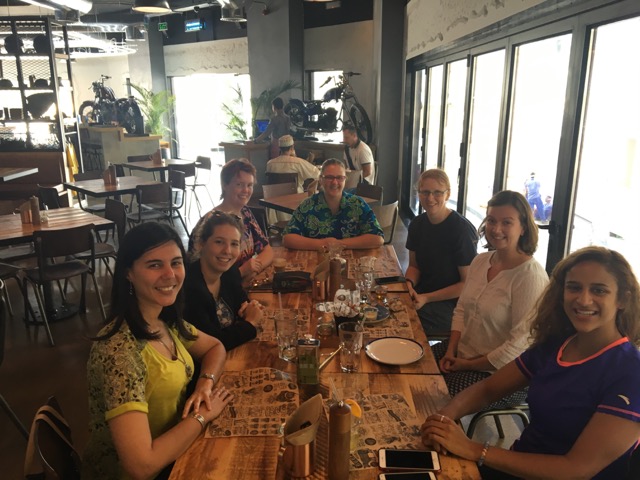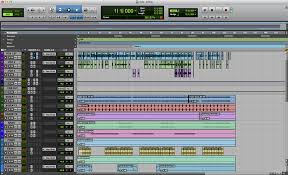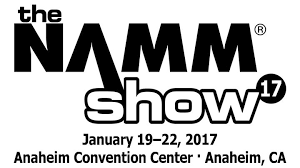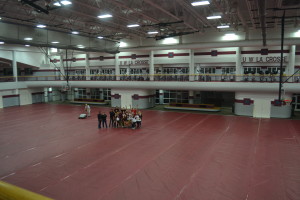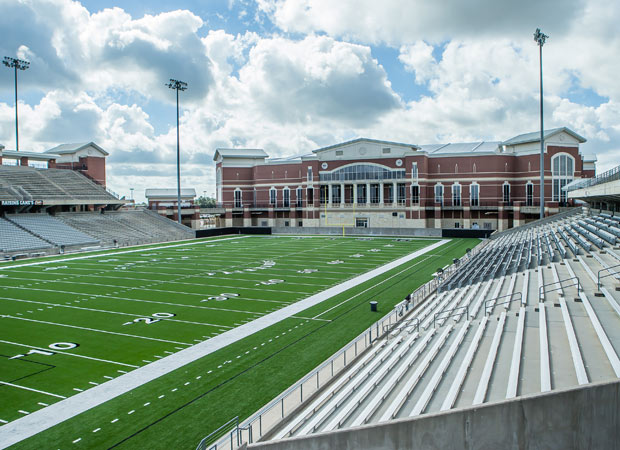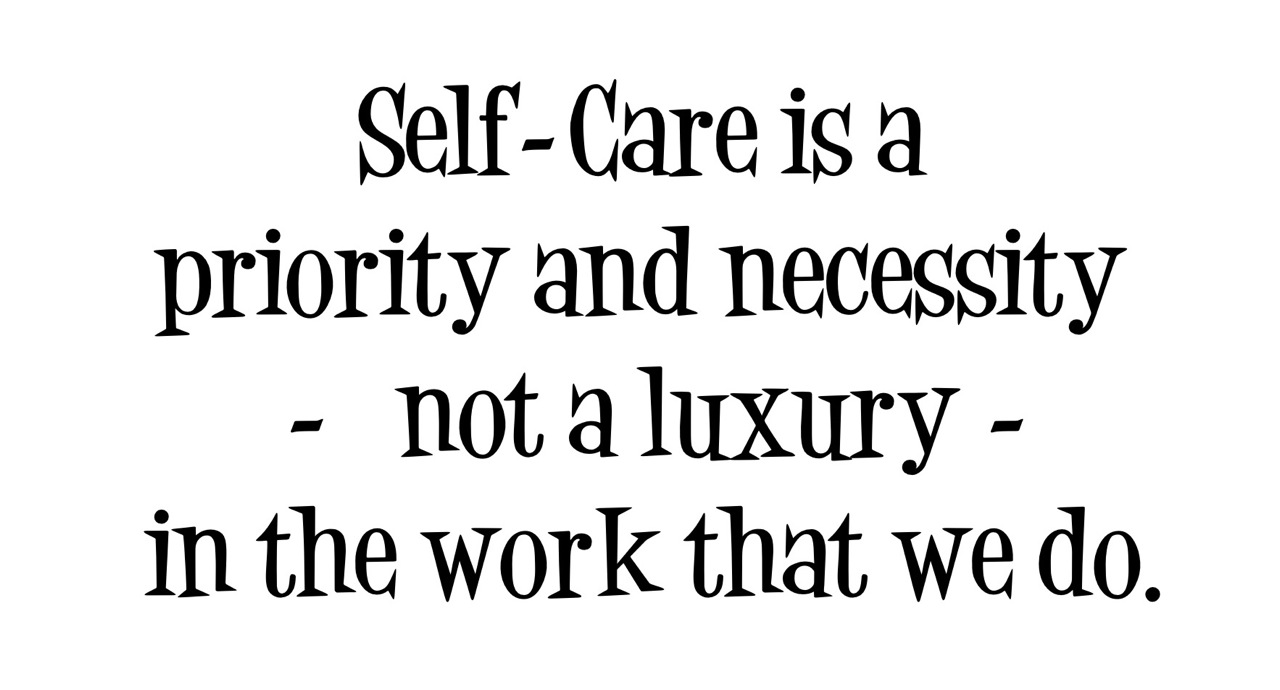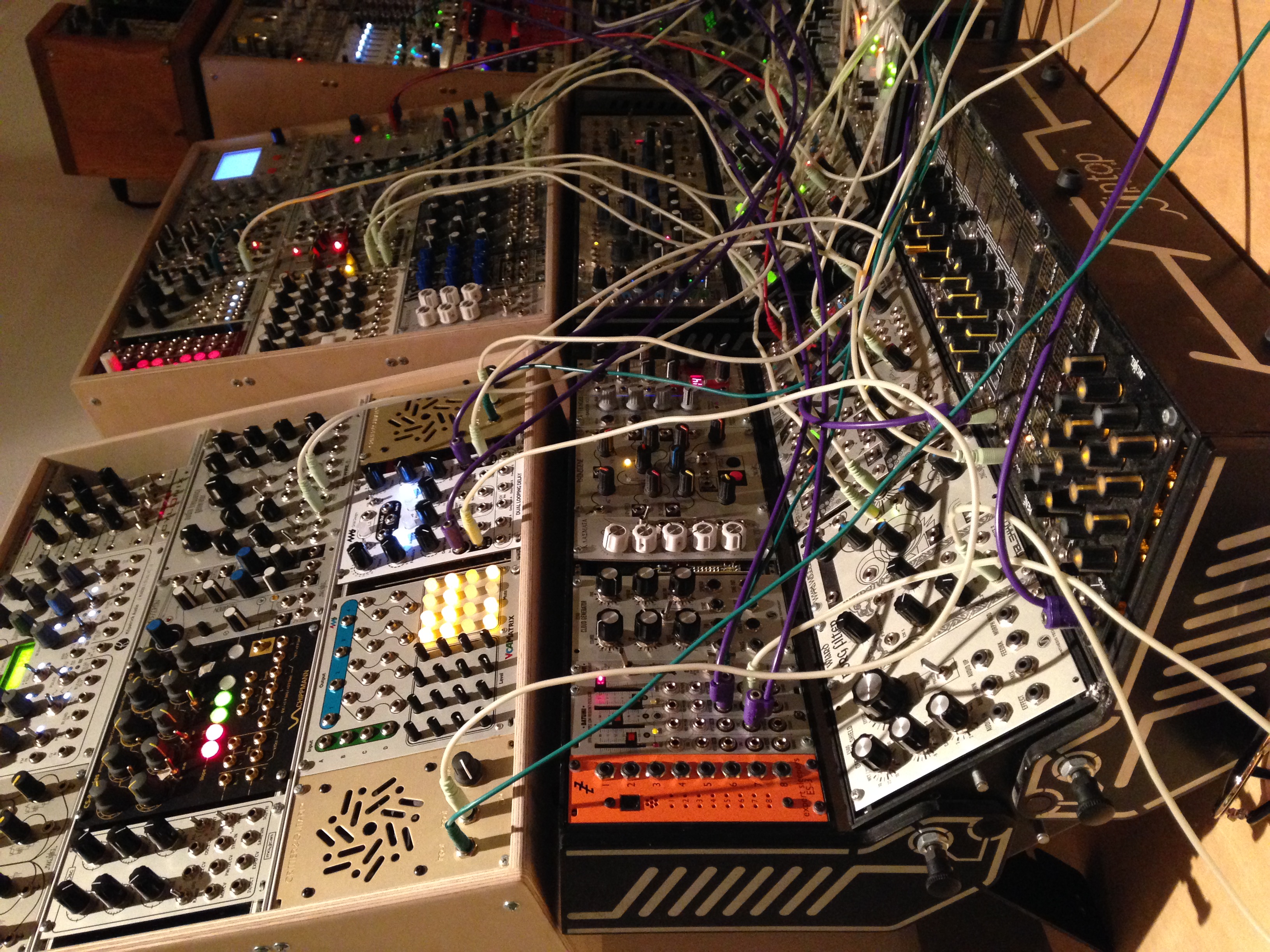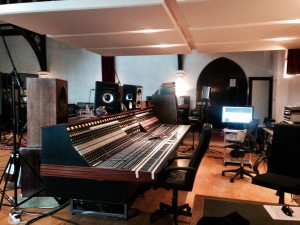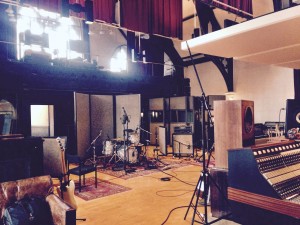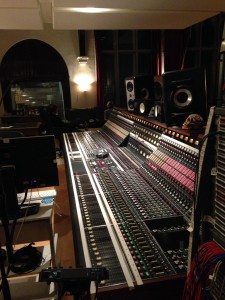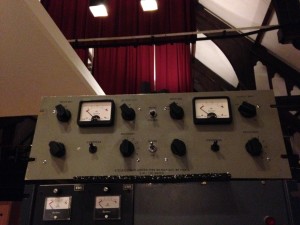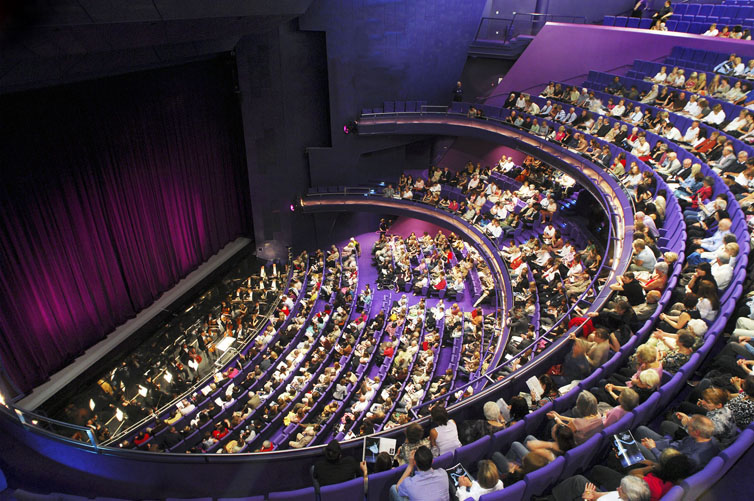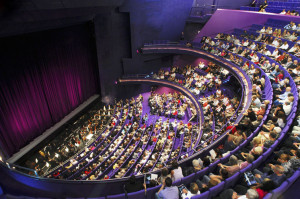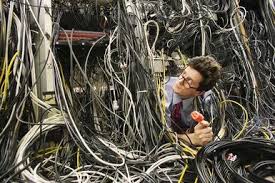
Bad to the Bone
When a system needs a complete overhaul, sometimes you just have to start fresh. Sometimes, you start a position or get contracted for a job and when you start digging into their audio systems, you find out just how badly they need you. I’ll share my experience with this and how I’m handling all of it.
I started a job at a small-ish church recently. They had never had anyone with real work experience or technical background running any of their equipment. The “tech” at the time was wanting to step down, and a colleague of mine asked me to take it on. When I first stepped into the booth, I darn-near fainted. It was a real horror story. Every piece of equipment running off a single circuit, daisy-chaining power strips and tri-taps off of other strips and tri-taps, wireless receivers thrown into cabinets, cables wrapped in figure-eights then tossed into a basket, stacks and stacks of CDs, wires twisted and tangled and mislabeled, weird routing, and a single Sub gently placed on a piece of plywood 20ft in the air in the back of the sanctuary with a + and – wire run in lieu of speakon (or even ¼” for goodness sake), oh and everything was covered in a pound of dust and cobwebs.
TL;DR: The tech booth was a switch-flip away from burning down the church and I’m not sure how they ever got any quality sound out of their system, if they ever did.
Clean Up
I actually really enjoy this part. As horrifying as walking into this particular tech booth was, part of me is so thrilled to dive in and start fixing it all. I feel like a kid in a candy store. So much to do! So much to touch! Every time I lift up one set of cables, 3 more unlabeled bundles surprise me! Oh! A wireless pack without a receiver! What fun!
After having toyed with the system for a few hours and learning the way that they’ve got it set up, I make a list of everything that needs to be done. Keep track of what you’ve done and what you haven’t. Take pictures of things as they were before you touched anything, that way if you need to troubleshoot because all of a sudden your new setup isn’t working, you can reference the photos to see where it might be wrong.
Grab a vacuum, some rubbing alcohol, some paper towels, a label-maker, a trash can,some zip ties, and a multi-tool.
Strategically begin taking all of the cabling out. Things that can be completely unplugged should be labeled (what they’re used for, not what the cable is), wrapped, and put off to the side for now. Don’t just haphazardly rip things out.
Wipe off flat surfaces, clean out cooling fans, wipe any goo you find off.
Sort all equipment into different sections. I did wireless units, misc. audio cables, video cabling, random stuff, and throw-away junk.
Reorganize
Draw out exactly what you want the final look to be. You need to have your goals set and clear. I knew I wanted to relocate the soundboard, move the graphics computer to the other side of the booth, re-patch the entire system, ring out the mains, equalize the room as best as possible, and come up with a whole new storage system. After cleaning off everything and getting everything organized into sections and piles, I began moving things. I moved the board, put the computer onto a different counter, placed the monitor wedges and mic stands in a temporary spot until I can get some cabinets built.
Then I plugged back in the things I knew didn’t need to be tested in order to actually function: computer, lighting board, power supplies galore.
Following that, I grabbed all of my wireless microphones and receivers and checked that all the RF was unhindered and the mics frequency matched the receiver, and was receiving signal.
I rerouted all of the power to everything so equipment I wanted to be power-independent could get power straight from the wall, and things I wanted to be power-dependent could be plugged into a power conditioner.
I also began making wraps of excess cable in the back of the equipment to keep things clean and easy to fix. I used some zip ties and coiled things up so there isn’t any rat nests.
Then I got out my label-maker and labeled all wireless packs, receivers, 1/8” adapters, and power conditioners. I went label crazy, I admit it. But I needed to make sure that volunteers and others can walk in and get a sense of what everything is.
Finally, all of the cables that were horrendously wrapped were treated to some massaging and reworking. I have to somewhat force them into over-under and then let them hang on a hook so that they can learn to lay flat once again. The cables are organized by size and hung for quick grabbing, the wedges are placed out of the way with easy access, mic stands get organized and put away, the mics are gently placed in an orderly fashion inside a drawer of their own.
Finishing Touches
Everything begins to come together: your trash piles are huge, the cables have found new homes, screens have been dusted off, you realize just how much junk a place can really collect. Now you may not need to do this next part, I most certainly did and still need to. I found and tested every installed line in the walls. It was a huge pain, but absolutely necessary.
I found dead lines, and lines to nowhere. I used an XLR SoundTools sniffer for some of the lines, and I had a colleague grab an SM58, plugged it into the snake and I grabbed the tail end near the board and checked every single line. None of the numbers matched on the ends of the snakes, let alone into the D-snake. It took a good chunk of time, and I still need to find where those lines to nowhere lead. I re-labeled the board and made everything nice and tidy and clean.
Final Thoughts
I still have things I need to do. I need to fix the choir mics they’ve got set up, I need to make an NL4 to ¼” so that I can physically relocate the sub with a more reliable signal path, I need to build some cabinets and shelving units, I need to ring out the lavs, and about a hundred other things. The list is never really done, and that’s fine! When you come into a new system and you’ve got the resources, sometimes just starting fresh is the best way. You can only fix so many issues with a system before the system needs to be replaced.
Try to get some enjoyment out of this because sometimes all we focus on is the fun of actually mixing a show. As many of you know, 90% of the job is this kind of stuff: getting things ready and keeping things maintained. I get a lot of pleasure out of using a system just after cleaning the entire thing. I had a hand in making it better. I made the experience for everyone else better. It’s an art form just like mixing is. Take pride in it.
